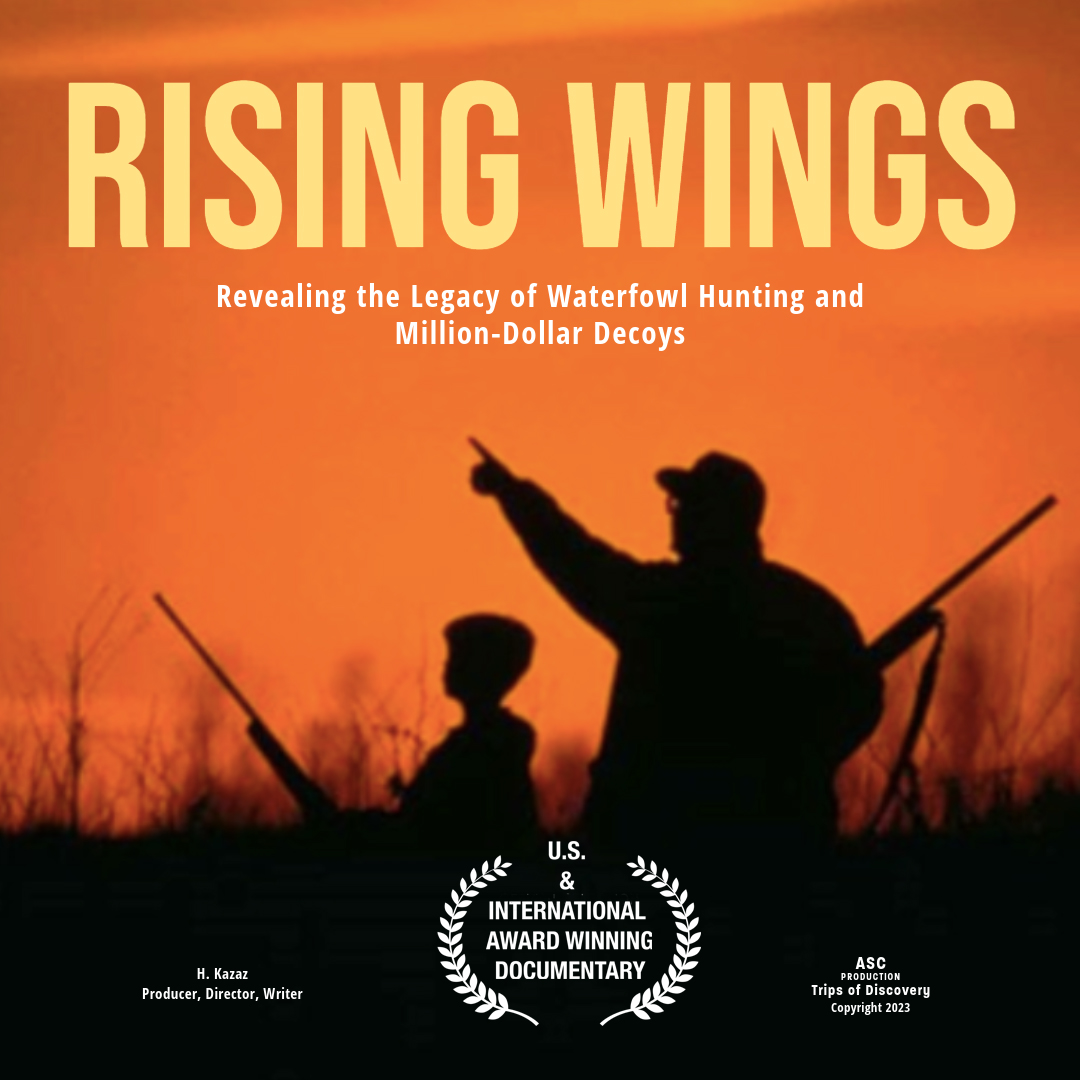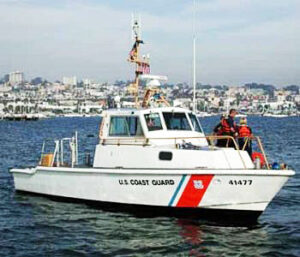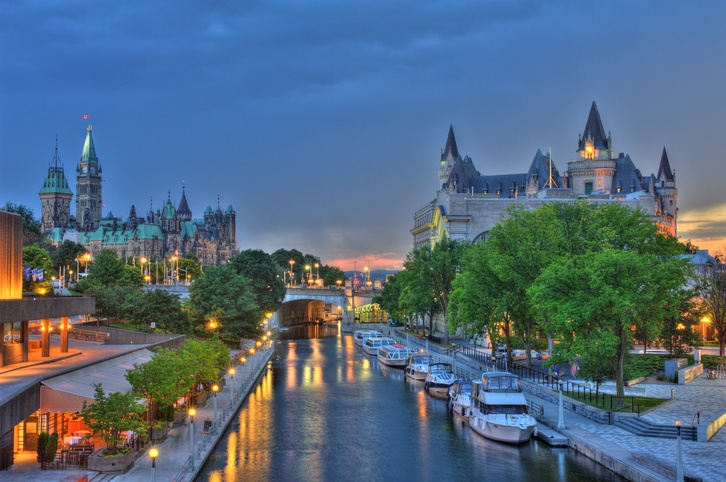Beaufort, NC – Make sure to pronounce it as BOW-fert
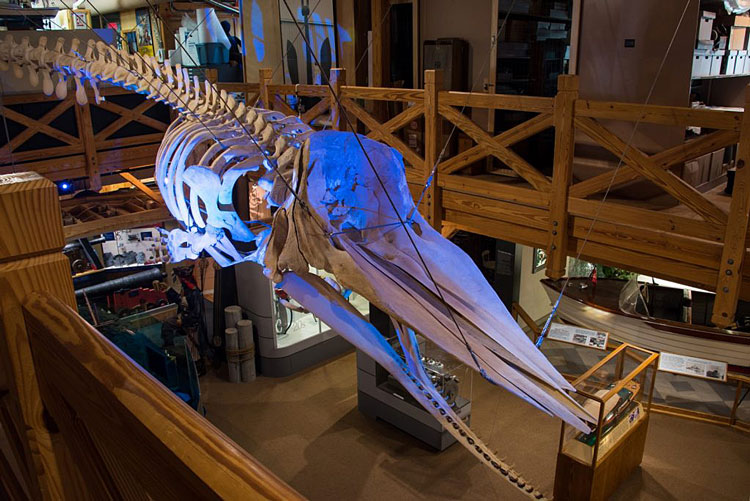
Estimated reading time: 5 minutes – SBFL 26* – PLANNING TO VISIT – Allan C. Fisher, Jr, back in 1973, wrote, “We thought Morehead City unattractive, but Beaufort, a community just across the Newport River, is a colonial jewel founded in 1709, nearly a century and a half before Morehead City. Beaufort’s shady streets offer the stroller 25 houses built before the Revolution and more than a hundred that predate the Civil War. Ship carpenters built some of the houses in the waterfront area, and the close-fitting excellence of their handiwork remains evident.”
Fisher, senior assistant editor of National Geographic, and his America’s Inland Waterway book published by National Geographic is one of our two sources of inspiration for planning our version of the Slow Boat to Florida journey. It will be a really slow one. We intend to stop over at many destination points on the Atlantic Intracoastal Waterway (ICW) and reach Florida whenever.
Juvenile sperm whale’s skeleton
We plan to visit Beaufort, North Carolina, while we are in Morehead City, which is next door. In our previous post titled, “Morehead City, NC – Fabulous Fishermen, and $5,858,875,” we talked about Morehead City in 2022 as well as touched upon Beaufort. Although I feel that, if nothing else, it would be a shame if we missed seeing the 33½ foot-long juvenile sperm whale’s skeleton and his heart on display in the North Carolina Maritime Museum in Beaufort. By the way, another reason for me to want to go there is that it’s the official repository for the artifacts from the wreckage of Queen Anne’s Revenge, the notorious pirate Blackbeard’s flagship. He ran it aground in June 1718 and it was discovered in 1996 in Beaufort Inlet.
Now, let’s start with its name, and let’s set the record straight to avoid confusion and embarrassment while we’re in town. Here it is: there are two Beauforts in the Carolinas. Going down South, the first one is Beaufort, NC, which is the topic of this post. Next is Beaufort, South Carolina. Both have been selected for the South’s Prettiest Towns by Southern Living magazine.
While they are spelled the same way, they don’t share identical pronunciations. Beaufort, North Carolina, is pronounced “BOW-fert” or “BOH-fert.” It has a similar pronunciation to the old-fashioned name “Beauregard.” It calls for the pronunciation of “beau” that we associate with the word’s definition as “an admirer” or “a sweetheart.”
On the other hand, Beaufort, South Carolina, is pronounced: “BEW-fert.” Cassandra King writes for Southern Living, “Contrary to the spelling, it’s pronounced “BEW-fert,” with the lips pursed as though blowing a kiss.” It’s “BEW-fert,” similar to saying the word “beautiful.”
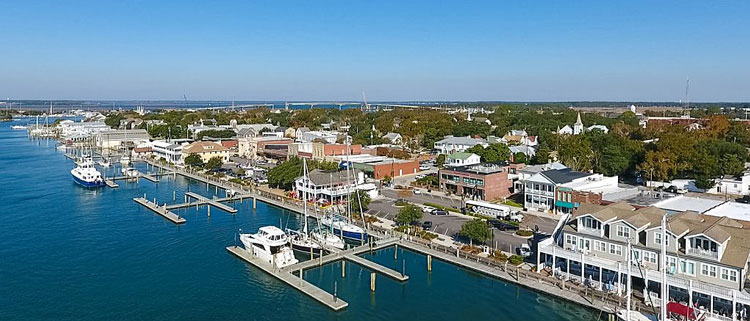
This is one of those towns where you can escape the winter blues for a few days or weeks. Originally a fishing village and port of safety dating from the late 1600s, Beaufort has been visited by patriots, privateers, merchants, and skilled craftsmen who built Bahamian and West Indian-style homes and public buildings. Beaufort was named for Henry Somerset, Duke of Beaufort. Today the plan of Beaufort, laid out in 1713, survives in a 12-block area, which is on the National Register of Historic Places.
Around 1709, pirates started to settle in Beaufort. According to local legend, Blackbeard himself was a guest at the Hammock House in Beaufort, built in 1709 and used for a time as an inn and tavern. The house still stands on the small rise where it was built, one of more than 100 buildings in Beaufort dating back at least 100 years.
Beaufort was an important center in the whaling industry starting in the 1700s. In the 1850s, the local whaling industry experienced a boom and the town grew bigger and richer. Whaling was seasonal work and limited entirely to February through April. A great whaling story is told of William (Billie) Hancock by his grandson of how in 1870, a vivid dream on a late spring evening helped to save nearby Diamond City from a summer of desperation after having sighted no whales all season.
Diamond City was located just off the coast of Beaufort until the late 1800s, when a coastal storm swept away its large dune and caused residents to build make-shift barges and relocate their houses to Harker’s Island, Morehead City, and Salter Path.
Heart of the whale
Well, that’s it for now. Stay well. I hope to say hello to you if you spot my boat, Life’s AOK, in one of the locations that I’m hoping to visit in 2022, that is, if whatever the latest version of Coronavirus permits us.
I bid you Fair Winds and Following Seas.
Cover photo: 33 ½ feet-long juvenile sperm whale’s skeleton. Photo courtesy of North Carolina Maritime Museum in Beaufort.
A few things I learned
- An excellent read about Beaufort, North Carolina: Why Southerners Love Beaufort, North Carolina. This small town on the outermost reach of North Carolina’s southern coast combines century-old cottages, oak-shaded streets, and a low-key atmosphere that will win you over.
- Sperm whales make loud clicking sounds that scientists believe travel thousands of miles underwater. These clicks are used to communicate with other whales at a distance and for echo-location. (Check out the link—the video is fascinating.)
- Beaufort is located in North Carolina’s “Inner Banks” region. The town is home to the North Carolina Maritime Museum, the Duke University Marine Laboratory (Nicholas School of the Environment), and the National Oceanic and Atmospheric Administration (NOAA) Center for Coastal Fisheries and Habitat Research.
4 things I recommend
- Visit the North Carolina Maritime Museum
- Take kayak tours
- Take the Island Ferry Adventures tour
- Do the Beaufort Pirates Revenge tour. It is an interactive voyage filled with fun and adventure for swashbucklers of all ages.
How easy?

*SBFL stands for Slow Boat to Florida. It is a series of my blog posts, which started with a posting that had the same title. Each numbered heading has two parts. The first is “Planned or Planning to visit,” and when we visit the planned location, a “Visited” label appears at the beginning, next to SBFL.
The essence of this series is not to seek new lands and exotic cultures. Rather, it is to cover our journey of discovery (hence the title of our blog Trips Of Discovery) that has to do with seeing with a new eye the coastal locations of the Atlantic Intracoastal Waterway (ICW) where present-day America started to flourish.
The SBFL series represents part travel, part current, and historical anthropological highlights of selected locations and coastal life. We’re comparing then and now, based on observations made by Dorothea and Stuart E. Jones, in their 1958 National Geographic article titled “Slow Boat to Florida” and a 1973 book published by National Geographic, titled America’s Inland Waterway (ICW) by Allan C. Fisher, Jr. We also take a brief look at the history of the locations that I am writing about. Finally, we bundle it up with our observations during our actual visits to the locations and our interviews with residents. Think of it as a modest time capsule of past and present.
My wife and I hope that you, too, can visit the locations that we cover, whether with your boat or by car. However, if that is not in your bucket list to do, enjoy reading our plans and actual visits as armchair travelers anyway. Also, we would love to hear from you on any current or past insights about the locations that I am visiting. Drop me a note, will you?
